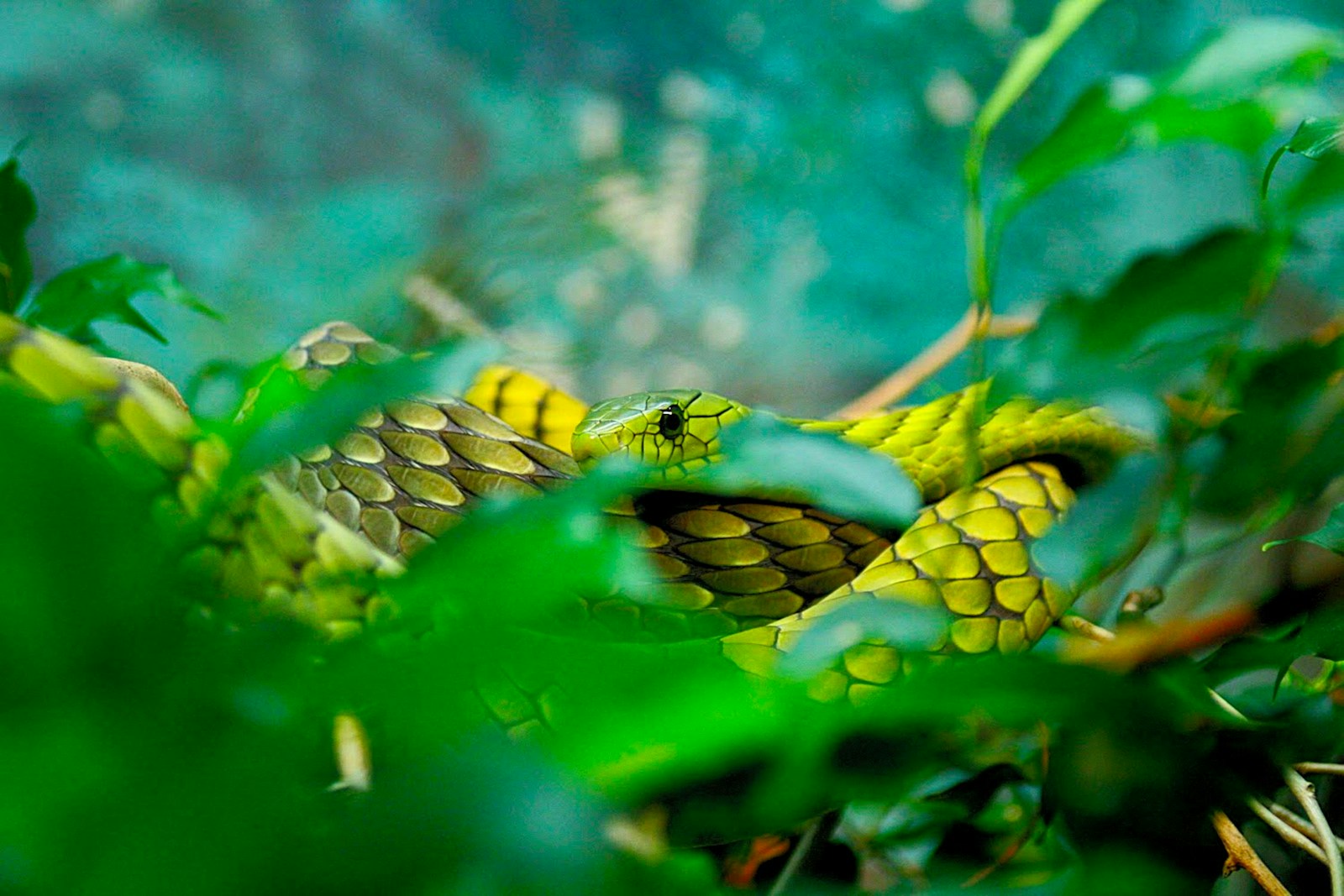Throughout the vast tapestry of human mythology, few creatures have captured our collective imagination quite like snakes and dragons. These serpentine beings slither through stories across cultures, continents, and centuries, often sharing symbolic traits that suggest a profound connection between them. From the coiled serpents of ancient Mesopotamia to the fire-breathing dragons of medieval Europe, these creatures represent both our deepest fears and our highest aspirations.
This fascinating relationship between snakes—real animals we encounter in our world—and dragons—the mythical beings that dominate our fantasies—reveals much about human psychology, cultural development, and the universal patterns that emerge in mythologies worldwide. As we explore this connection, we’ll uncover how these creatures became intertwined in our ancestral narratives and continue to slither through our modern imagination.
The Biological Basis: Snakes as Evolutionary Inspiration
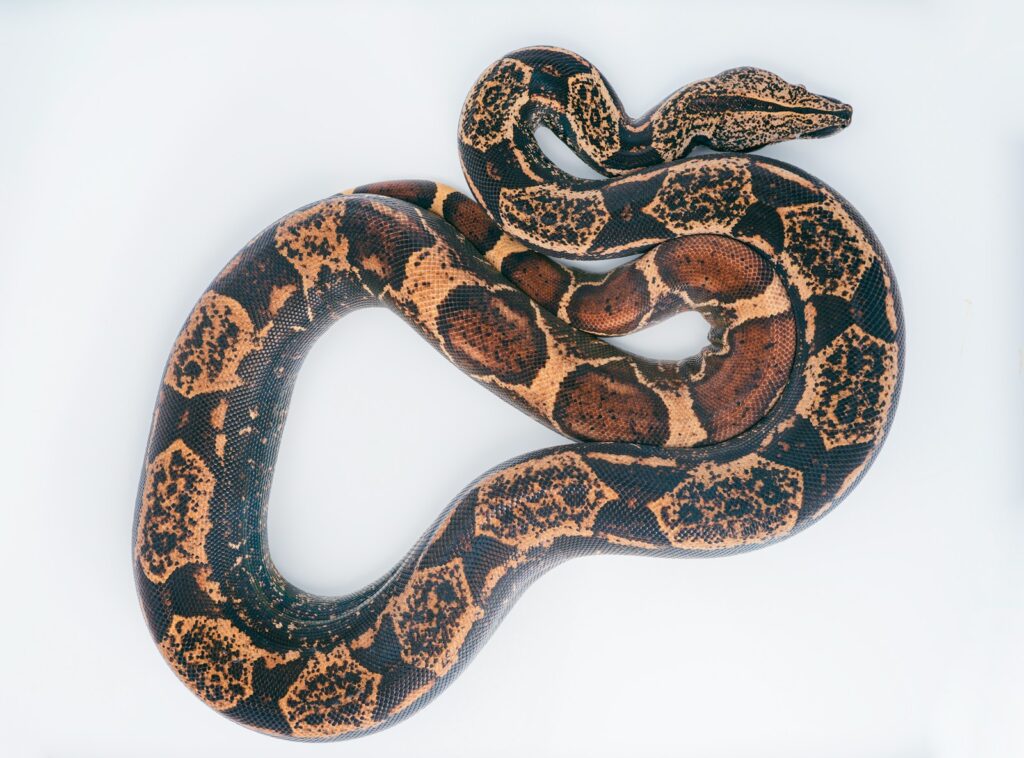
The fearsome appearance and behaviors of real-world snakes provided our ancestors with a biological foundation for dragon myths. Venomous serpents represented a genuine threat to early humans, creating an evolutionary predisposition to fear and respect these creatures that likely influenced mythological development. Large constrictors like pythons and anacondas demonstrated how serpents could overpower prey much larger than themselves, a characteristic often magnified in dragon legends.
The snake’s ability to shed its skin also sparked imaginations, suggesting themes of rebirth and immortality that became associated with mythical dragons across cultures. This biological reality formed the template upon which human imagination built increasingly elaborate creatures, adding wings, limbs, and supernatural abilities to transform the familiar snake into the extraordinary dragon.
Ouroboros: The Self-Consuming Serpent
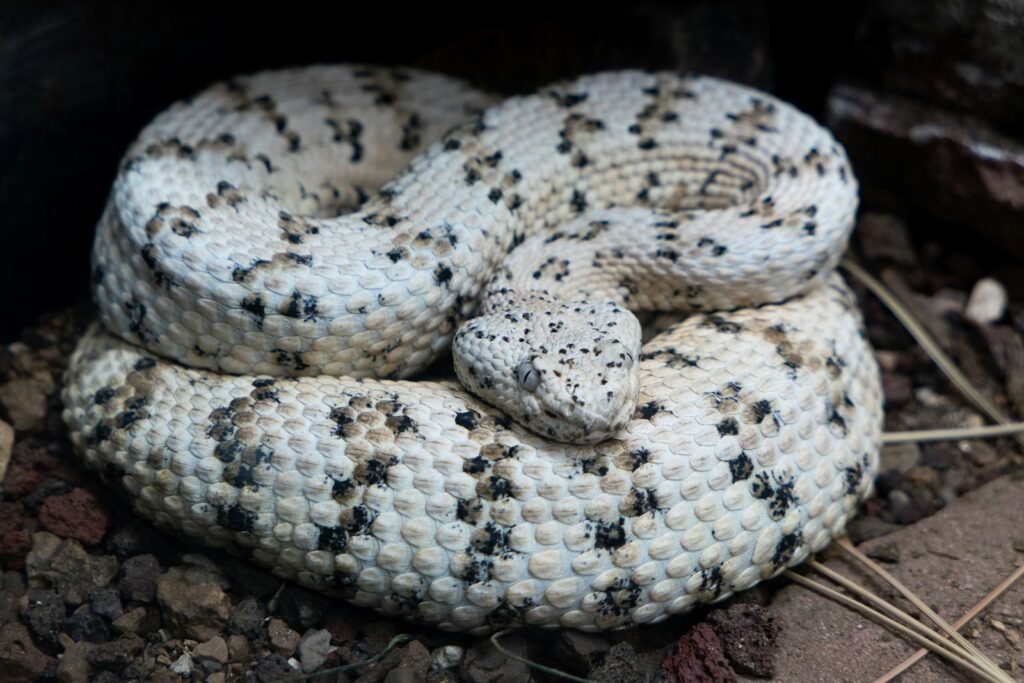
One of the most profound symbolic connections between snakes and dragons appears in the ancient symbol of the ouroboros—a serpent consuming its own tail. This circular serpent representation appears in Egyptian artifacts dating back to 1600 BCE and later emerged independently in Norse mythology as Jörmungandr, the world serpent. The ouroboros symbolizes eternity, cyclical time, and the continuous renewal of life, themes frequently associated with powerful serpentine beings across cultures.
In alchemical traditions, this self-consuming serpent represented the unity of opposites and the cyclical nature of transformation, concepts often linked to dragons in various mystical traditions. The circular form also connects to cosmic dragons in Chinese and other Asian traditions, where serpentine dragons were believed to encircle and protect the universe itself.
Eastern Dragons: Benevolent Serpents of Water and Wisdom
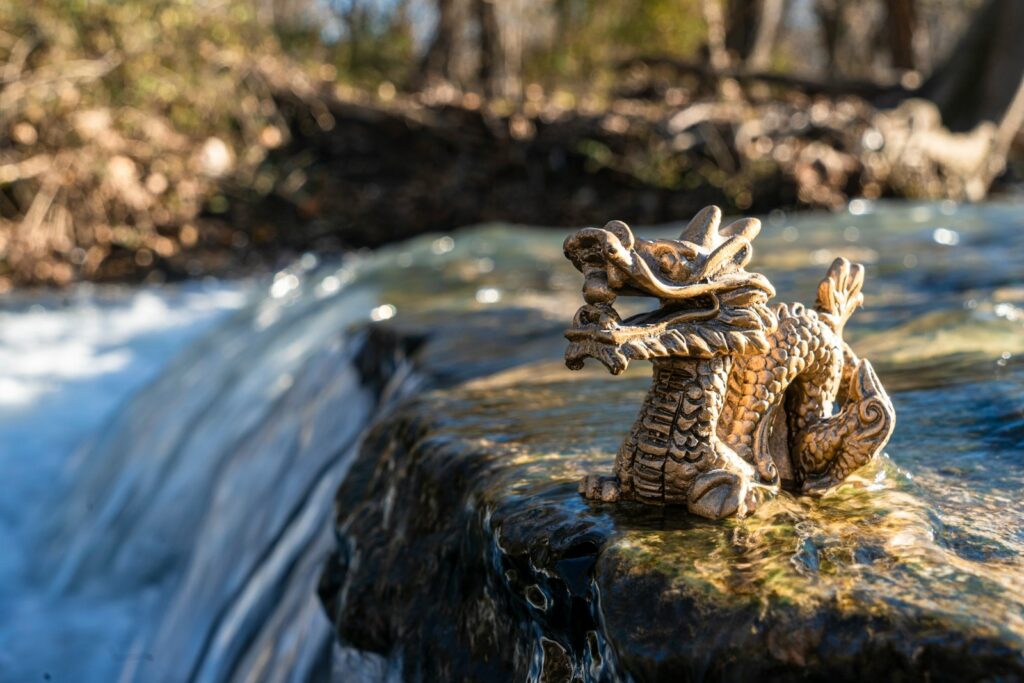
Eastern dragons, particularly those in Chinese mythology, reveal some of the clearest connections to their serpentine origins through their elongated, snake-like bodies. Unlike their Western counterparts, these dragons typically embody positive attributes—wisdom, good fortune, and control over life-giving water—mirroring how some Asian cultures viewed certain snakes as beneficial entities rather than threats.
Chinese dragons are explicitly described as composites featuring snake bodies combined with features from other animals, making their serpentine foundation unmistakable. The association with water and rain connects Eastern dragons to real-world observations of snakes appearing during rainy seasons, emerging from burrows after downpours. This benevolent characterization demonstrates how cultural attitudes toward snakes significantly influenced the development of dragon mythologies in different regions.
Western Dragons: The Transformed Threat
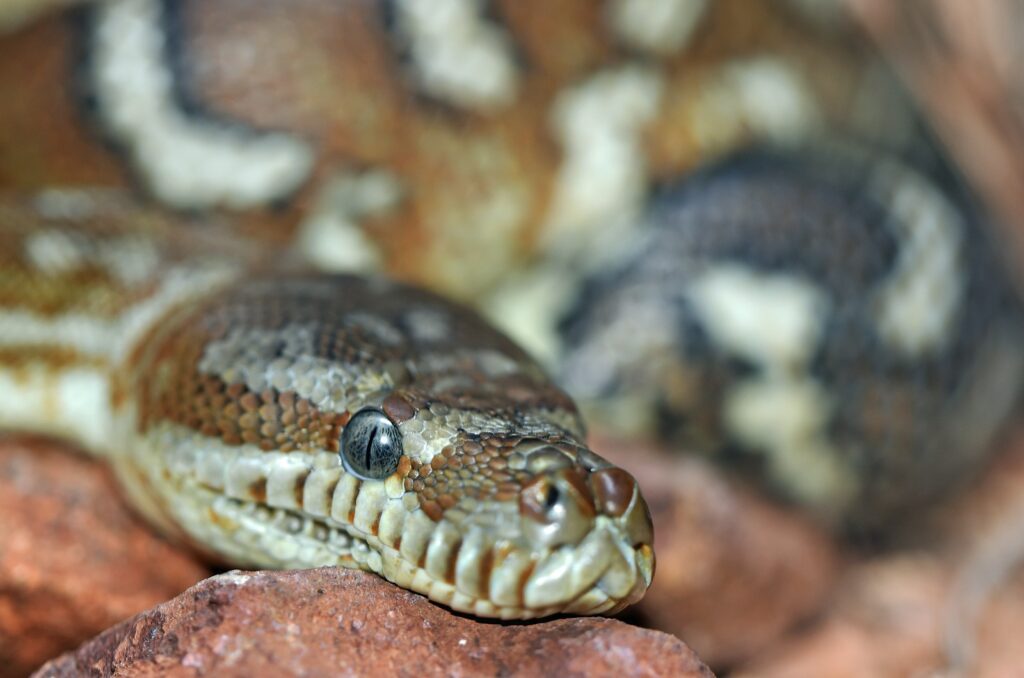
Western dragon mythology evolved to emphasize the threatening aspects of serpents, transforming them into more fearsome creatures than their Eastern counterparts. The addition of wings, fiery breath, and armored scales heightened the menace while maintaining the snake’s core characteristics of danger and mystery. European dragons like Fafnir from Norse mythology explicitly link dragons and snakes, as many tales describe transformation from one form to the other.
Biblical influences strengthened negative associations, with the serpent in Eden and references to the “great dragon” or “ancient serpent” in Revelation creating powerful connections between snakes, dragons, and evil. These Western interpretations reflect different ecological and cultural relationships with snakes in European environments, where venomous species posed significant dangers without offsetting benefits recognized in agricultural societies.
Serpent Deities: Divine Snakes Across Pantheons
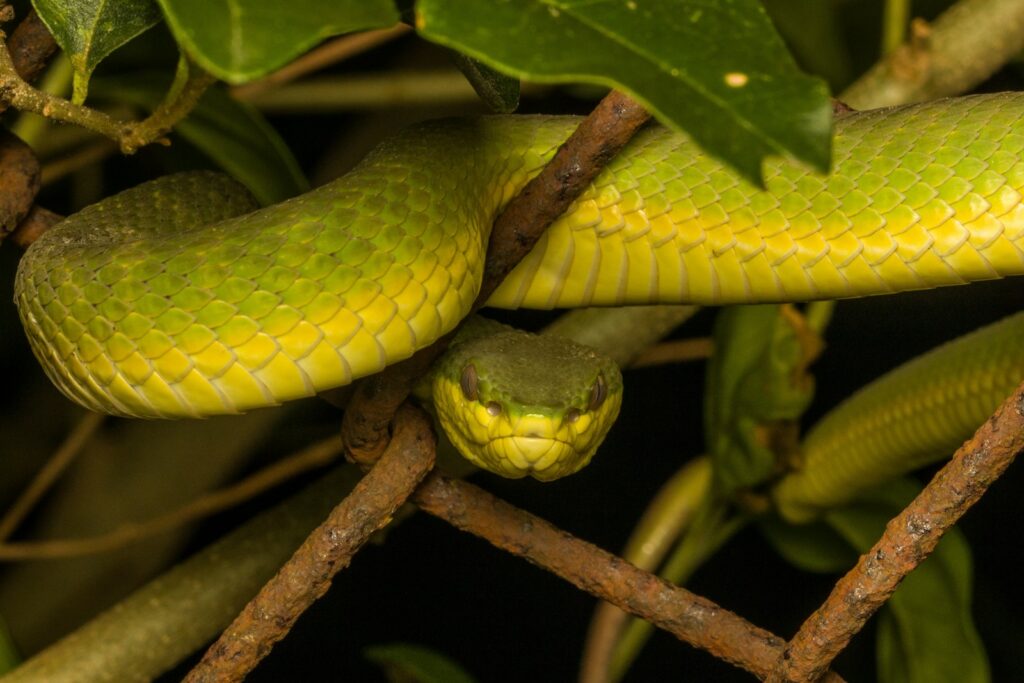
Numerous world religions feature serpent deities that bridge the conceptual gap between mundane snakes and mythical dragons. The Aztec god Quetzalcoatl, represented as a feathered serpent, combines snake imagery with bird features similar to how dragons merge serpentine bodies with wings. Hindu traditions venerate the Nagas, supernatural beings that are half-human and half-serpent, possessing magical abilities and wisdom that parallel dragon attributes in other cultures.
Ancient Egyptian religion featured several serpent deities, including Apophis, the enormous serpent threatening Ra’s solar barque, whose size and cosmic significance resemble dragons more than ordinary snakes. These divine serpents demonstrate how religious thought elevated ordinary animals to supernatural status, creating beings that inhabit the conceptual space between natural snakes and mythological dragons.
The Guardian Serpent Archetype
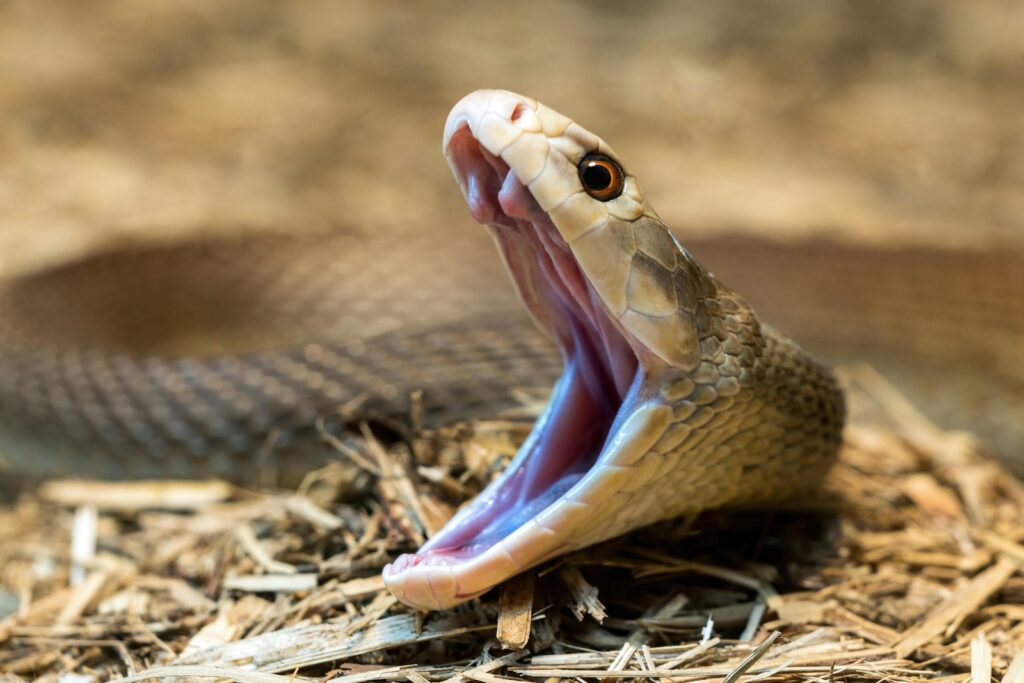
Both snakes and dragons frequently appear as guardians of sacred treasures, knowledge, or locations across world mythologies. The Greek myth of Ladon, the hundred-headed serpent guarding the golden apples in the Garden of the Hesperides, exemplifies how these creatures protect valuable items through intimidation and vigilance. In Norse mythology, the dragon Fafnir guards a cursed treasure hoard, while in Arthurian legends, dragons protect sacred sites and test the worthiness of heroes.
This guardian role likely stems from observations of real snakes defending territories and nests, behaviors that mythology amplified and applied to cosmic or spiritual contexts. The persistence of this archetype across cultures suggests a deep psychological association between serpentine forms and the protection of what humans consider most valuable—whether material wealth, forbidden knowledge, or sacred power.
Serpent Symbolism in World Trees and Cosmic Axes

Many world mythologies feature cosmic tree or axis structures with serpentine beings coiled around them, representing fundamental forces in the universe. The Norse world tree Yggdrasil hosts the dragon-like serpent Níðhöggr gnawing at its roots, embodying destructive forces threatening cosmic order. Hindu cosmology describes the serpent Shesha supporting Lord Vishnu during cosmic creation, while also serving as the axle of the churning of the cosmic ocean.
Mesoamerican traditions similarly feature serpents ascending and descending the World Tree, representing communication between divine and earthly realms. These cosmic serpents occupy a conceptual middle ground between ordinary snakes and full dragons, demonstrating how serpentine symbolism addresses profound questions about cosmic organization and metaphysical forces.
The Serpent-Dragon Connection in Creation Myths
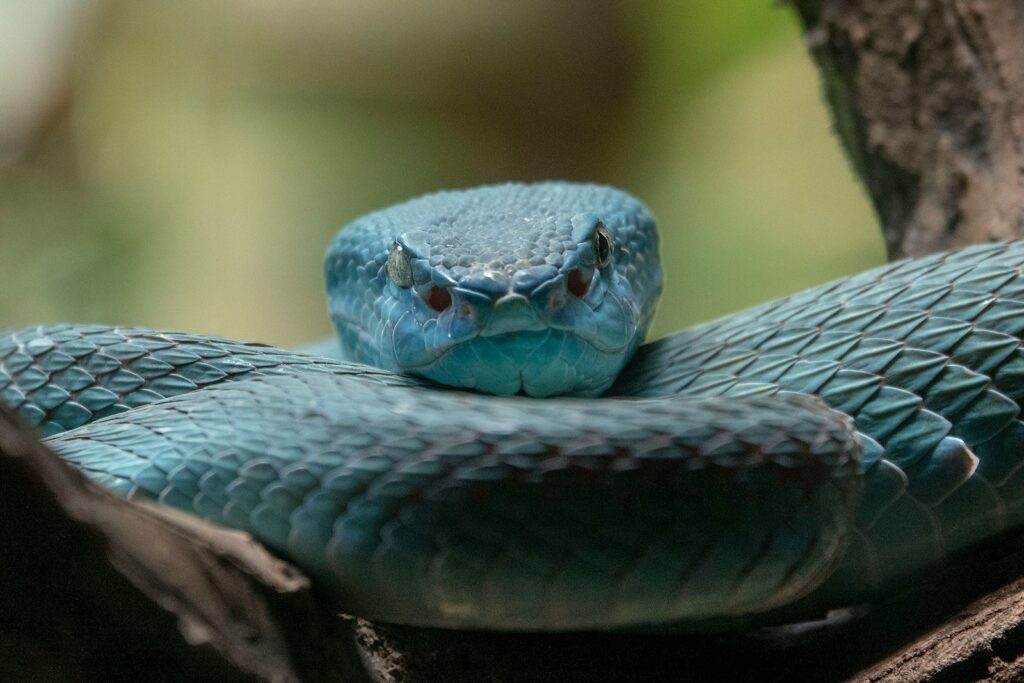
Creation myths worldwide feature serpentine beings that embody primordial chaos before cosmic order, often with characteristics we would associate with dragons. The Mesopotamian creation epic Enuma Elish describes Tiamat, a primordial salt water being often depicted as a sea serpent or dragon, whose defeated body becomes the material of creation.
Babylonian mythology features Marduk battling Tiamat in a classic dragon-slaying narrative that establishes cosmic order through conquest of serpentine chaos. Australian Aboriginal Dreamtime stories tell of the Rainbow Serpent, a creator being with both snake-like and dragon-like qualities who shapes the landscape through movement. These creation narratives reveal how early cultures conceptualized primordial forces as serpentine beings with supernatural capabilities beyond ordinary snakes, yet clearly derived from serpent imagery.
Dragon-Slaying Heroes and Snake Handlers
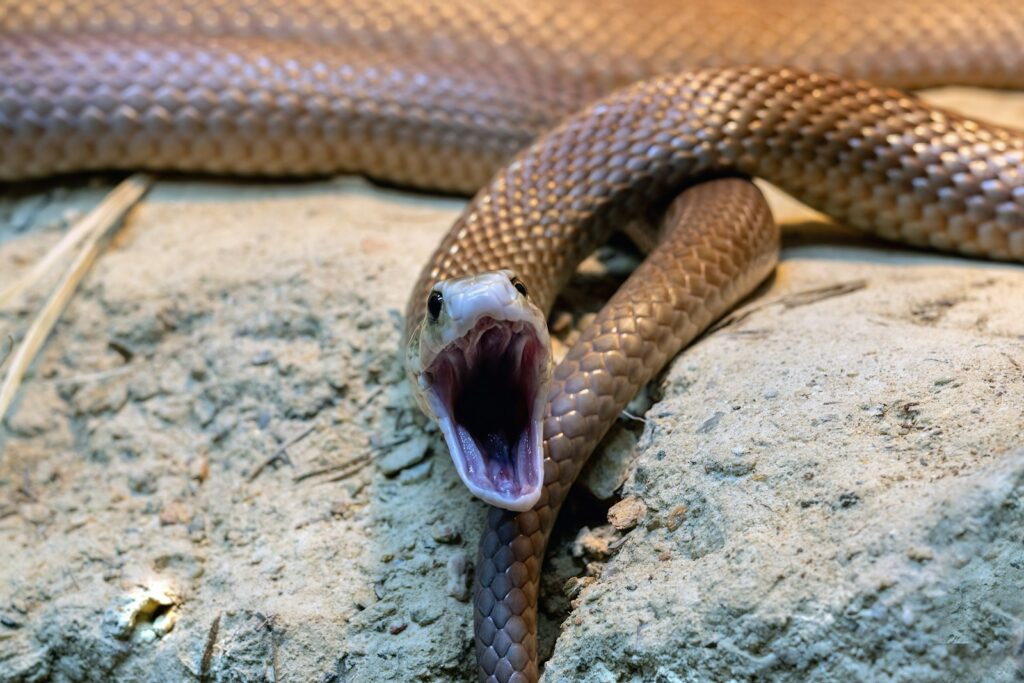
Mythological heroes who confront dragons often have parallels in figures who master dangerous serpents, suggesting cultural linkage between these narrative traditions. The Greek hero Apollo slays the serpent Python at Delphi, establishing his shrine in a narrative structure similar to later dragon-slaying tales. St. George, the quintessential dragon-slayer of Christian tradition, fulfills a symbolic role comparable to Moses lifting the bronze serpent in the wilderness, both representing triumph over evil through divine assistance.
In Indian traditions, both Krishna’s defeat of the serpent Kaliya and the Buddha’s taming of the naga Mucalinda demonstrate mastery over serpentine forces without destruction, reflecting different cultural approaches to these powerful symbols. These parallel narratives reveal how cultures conceptualized heroism through the conquest or taming of serpentine threats at various scales, from natural snakes to cosmic dragons.
Linguistic Connections Between Snakes and Dragons
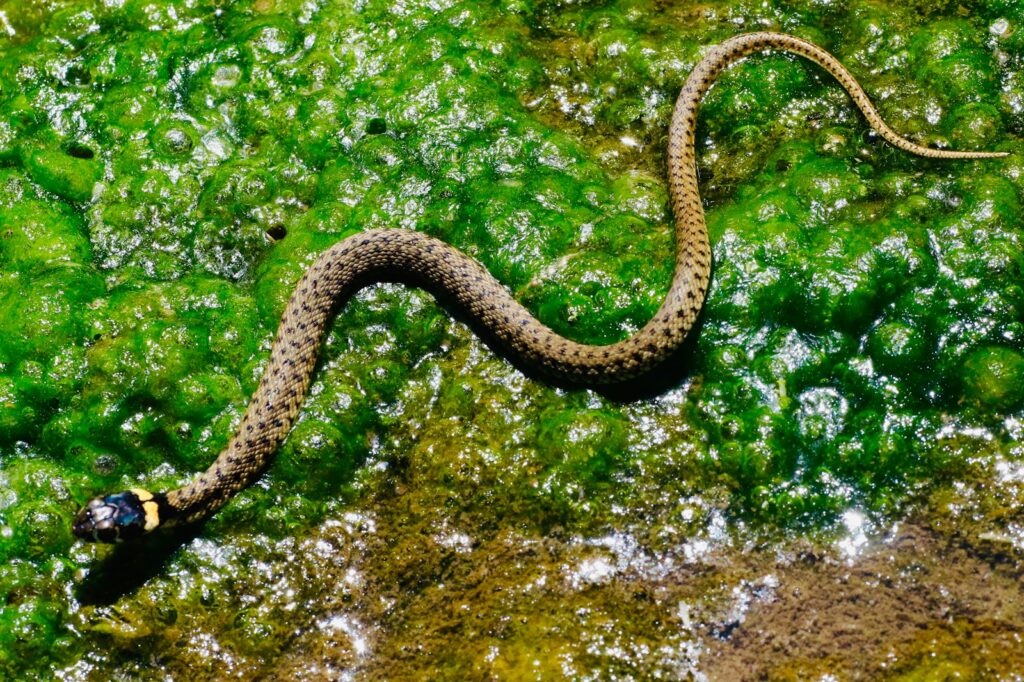
Etymology and language offer compelling evidence for the conceptual overlap between snakes and dragons across cultures. The English word “dragon” derives from the Greek “drakon,” which originally referred to any large serpent, demonstrating how language preserves ancient associations between these creatures. Many languages lack clear distinction between terms for “snake” and “dragon,” including ancient Greek texts where contexts rather than specific terms differentiate between mundane serpents and mythical dragons.
In Chinese, the character “long” (龙/龍) represents dragons that maintain clear serpentine morphology despite their supernatural attributes. Sanskrit “naga” similarly spans the conceptual range from ordinary snakes to divine serpentine beings with supernatural powers, highlighting how language reflects the continuous spectrum between natural snakes and mythical dragons in cultural imagination.
Serpentine Symbolism in Alchemy and Esoteric Traditions
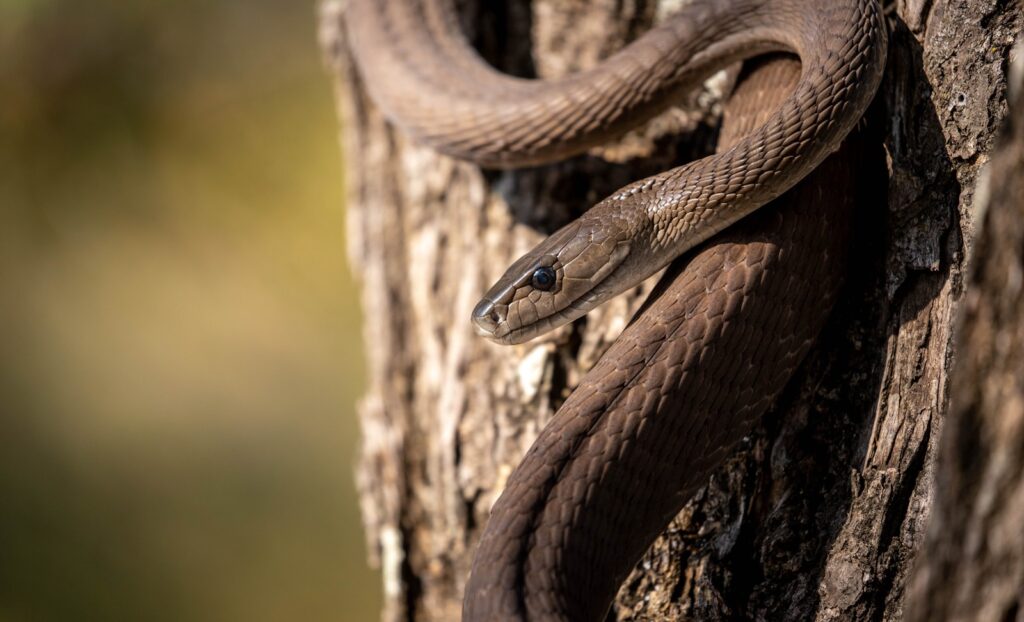
Alchemical and esoteric traditions extensively utilize serpent and dragon imagery to represent transformative processes and spiritual principles. The alchemical green lion devouring the sun often appears with serpentine features, representing the dissolving power of acids and the transformative potential of spiritual seeking. Medieval alchemical texts differentiate between the serpent representing raw material and the dragon embodying the perfected philosopher’s stone, illustrating the transformative journey through serpentine symbolism.
Carl Jung’s psychological interpretation identified the dragon-snake as representing unconscious forces that must be integrated rather than destroyed for psychological wholeness. These esoteric traditions preserve ancient associations between snakes and dragons while adding layers of philosophical and psychological meaning to the serpentine archetype.
Modern Interpretations and Cultural Evolution
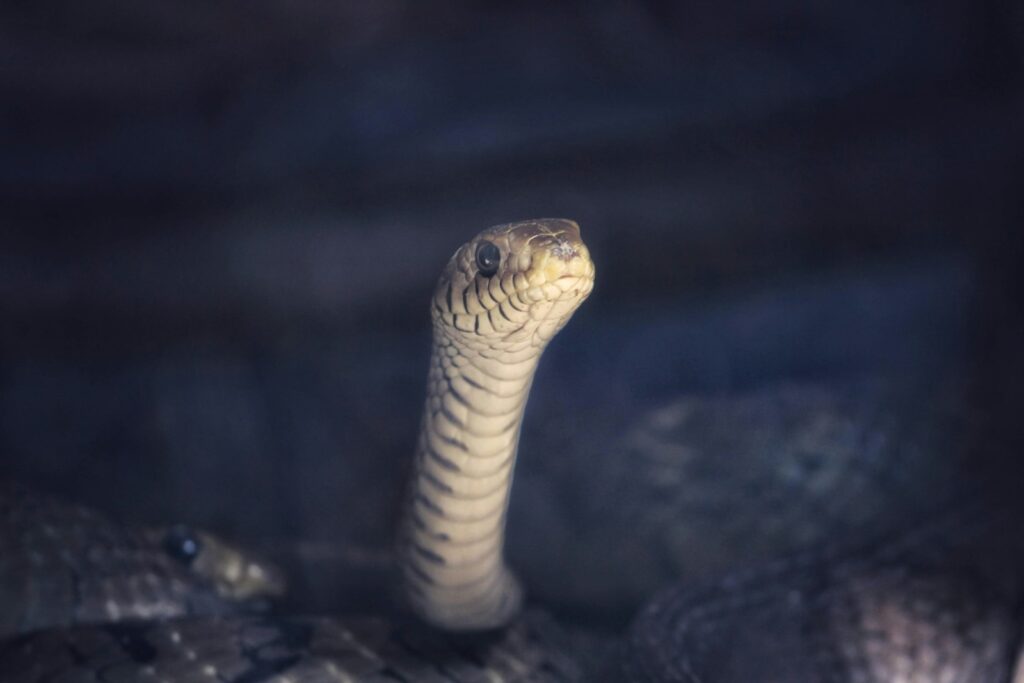
Contemporary popular culture continues to explore and reinvent the connection between snakes and dragons in fascinating ways. Fantasy literature like J.K. Rowling’s Harry Potter series explicitly connects snakes and dragons through the Parseltongue language that works for both creatures, acknowledging their mythological relationship. Modern cryptozoology often blurs boundaries between reports of giant snakes and alleged dragon sightings, demonstrating the persistent psychological connection between these creatures in contemporary imagination.
Video games frequently feature serpentine dragons or dragon-like serpents, exploring the spectrum between these creatures as designers draw from worldwide mythological traditions. These modern interpretations demonstrate the enduring psychological power of the snake-dragon connection, which continues to evolve through new media while maintaining core symbolic associations established thousands of years ago.
Psychological Perspectives on Serpent Fears and Dragon Dreams
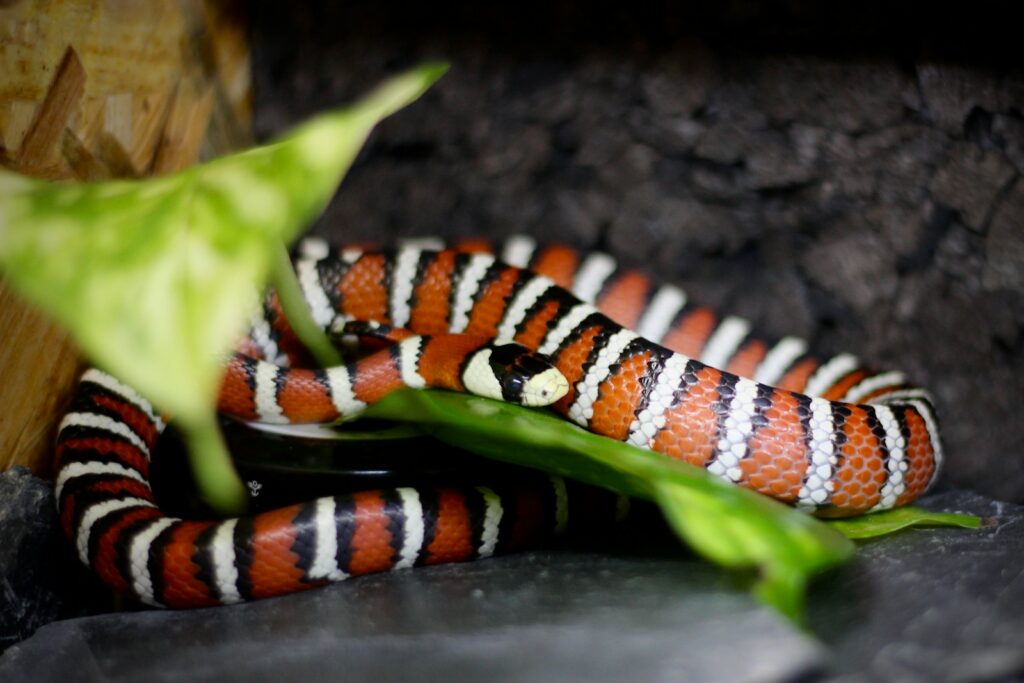
Modern psychology offers intriguing perspectives on why snakes and dragons feature so prominently in human mythology across cultures. Evolutionary psychologists suggest that humans possess an innate tendency to detect and fear snakes, a predisposition that provided survival advantages to our ancestors and created fertile ground for serpentine mythologies. Jungian psychological theory identifies the dragon-serpent as a powerful archetype in the collective unconscious, representing both destructive chaos and transformative wisdom that humans must confront for psychological growth.
Dream analysis across cultures reveals serpents and dragons as common symbols appearing during periods of personal transformation, suggesting these creatures represent powerful unconscious forces in the human psyche. These psychological perspectives help explain the universal appeal and emotional power of snake and dragon myths, which externalize internal psychological processes through compelling symbolic narratives.
Serpents and Dragons in Modern Conservation Narratives
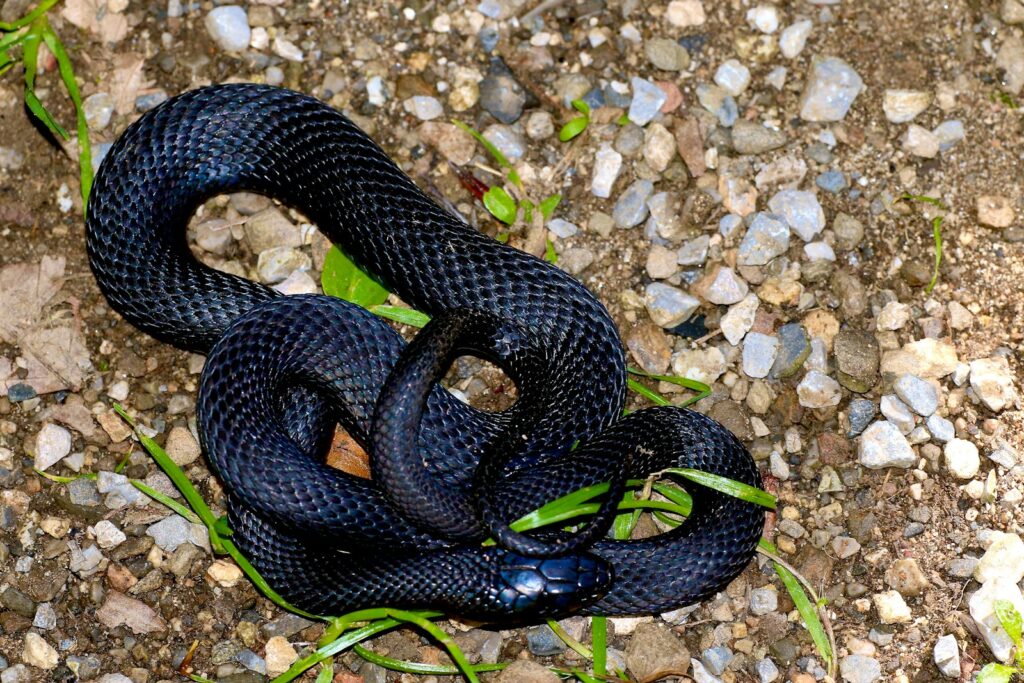
The ancient connection between snakes and dragons has found new relevance in contemporary conservation efforts and environmental storytelling. The Komodo dragon, with its ancient lineage, venomous bite, and formidable predatory capabilities, represents a living connection between real reptiles and mythical dragons, often serving as a flagship species for conservation. Cultural attitudes toward snakes significantly impact conservation efforts, with regions influenced by positive dragon mythology generally demonstrating more protective attitudes toward serpents than areas where serpentine symbolism is predominantly negative.
Modern environmentalists sometimes invoke dragon imagery to convey the ancient power and ecological importance of threatened snake species, leveraging mythological associations to generate conservation support. This contemporary application demonstrates how ancient mythological connections continue to shape human relationships with these animals, potentially contributing to their preservation in an age of environmental crisis.
Conclusion
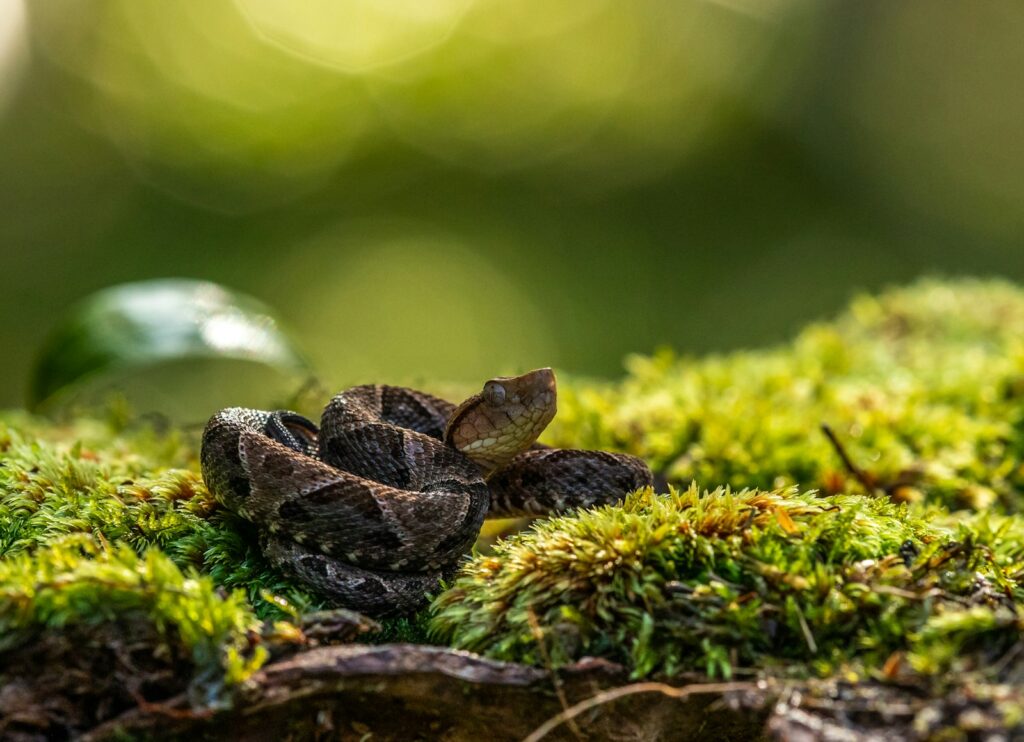
The profound connection between snakes and dragons in world mythology reveals much about human psychology, cultural evolution, and our complex relationship with the natural world. From biological inspiration to linguistic evidence, from creation myths to modern fantasy, the serpentine thread winds consistently through human storytelling across time and space. This relationship is not merely historical curiosity—it continues to influence how we perceive both real snakes and imaginary dragons today.
Understanding this connection offers valuable insights into the development of human thought, the cross-cultural patterns in our mythmaking, and the psychological foundations of our fears and aspirations. As we continue to tell stories of serpents and dragons in new forms, we participate in an ancient tradition of using these powerful symbols to explore fundamental questions about chaos and order, danger and protection, destruction and renewal.

